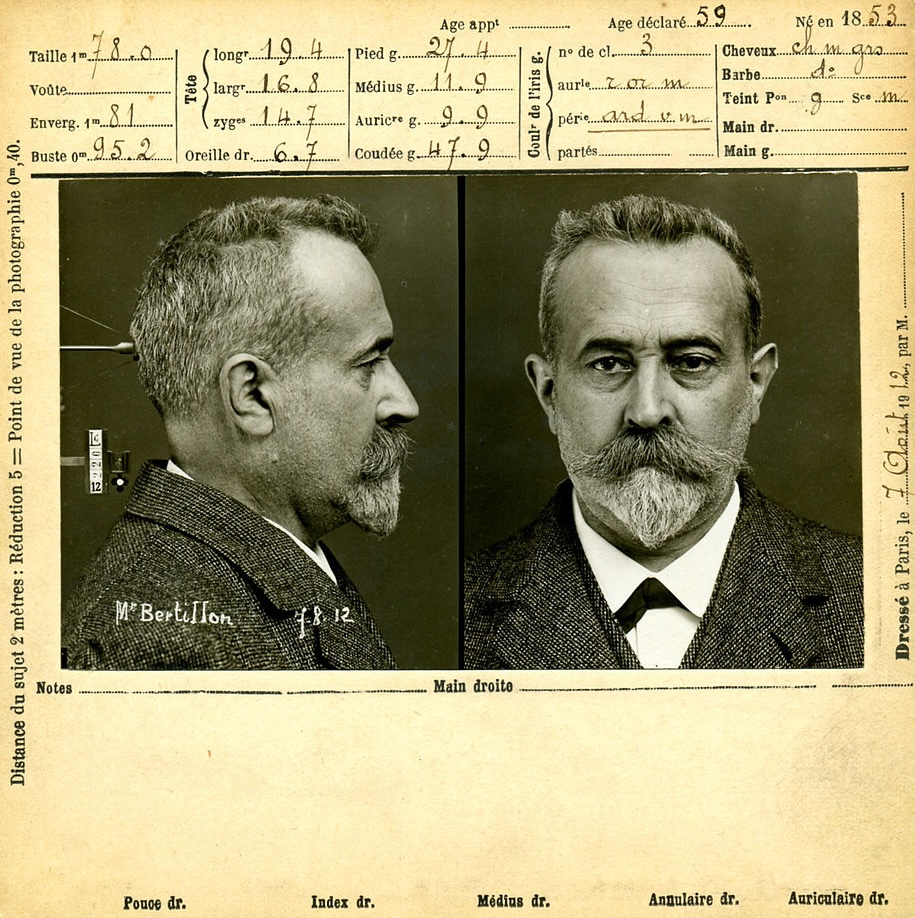From Clerk to Crime Analyst
In 1879, Alphonse Bertillon began working as a clerk at the Prefecture of Police in Paris. Frustrated by the lack of consistent methods to identify repeat offenders, he began developing a system using physical measurements. Working in La Santé Prison, he created an anthropometric method that recorded dimensions like head length, foot size, and arm length. His standardized mug shots soon followed.
The Rise of Anthropometry
By 1888, Bertillon’s system was adopted widely in France and abroad. It offered a scientific approach to identification before the adoption of fingerprinting. Bertillon also devised other forensic techniques, including footprint preservation and crime scene analysis using measurement tools like the dynamometer.
Dreyfus and Disrepute
Bertillon served as an expert witness during the Dreyfus affair, claiming handwriting proved guilt. Though not trained in graphology, he used a complicated, ultimately discredited theory. His testimony contributed to the wrongful conviction of Alfred Dreyfus, who was later exonerated.
Beyond France
The Bertillon system influenced law enforcement practices abroad, including in Minneapolis, where it was used to document black female sex workers. Some women resisted categorization by giving aliases, including the frequently used name “Mamie.” Only one photo from this system survives today.

